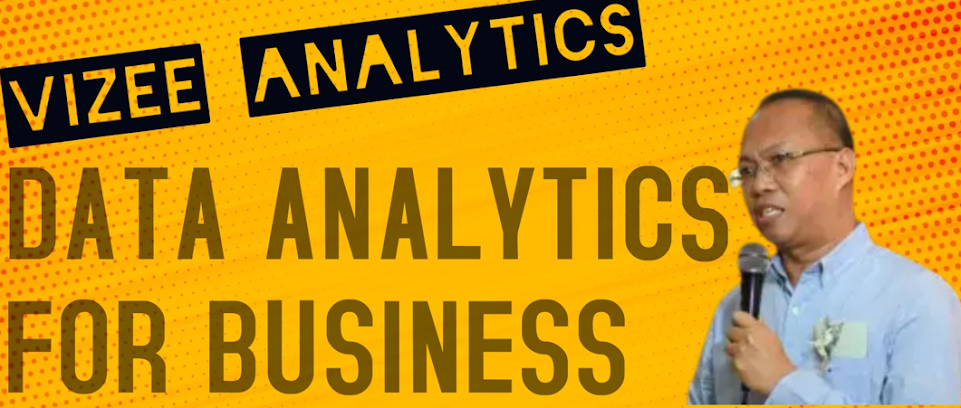Hey Data Visualization!
Data Visualization is not new. Claudius Ptolemy used a table of astronomical information in around 150 CE Egypt, René Descartes made a method of presenting number-based data using 2-D coordinate scales later became known as the Cartesian coordinate system in the 17th century, William Playfair made the 19th century exciting by inventing time-series line graph, bar chart, and pie chart while Charles Minard created the “best statistical graphic ever drawn which is the Map of Napoleon’s Russian campaign.
In the 20th century, data visualization became an exciting fields due to cartography of Jacques Bertin, scatter plot of John Tukey, combining beautiful statistics and visualization by Edward Tufte, trellis chart of William Cleveland and thank God for Stephen Few whose book "Show me the Numbers" still considered as the mother of all data visualization books.

Today we areed on Claus O. Wilke when he said that " analyst, consultant, or anybody else who has to prepare technical documents or reports, one of the most important skills you need to have is the ability to make compelling data visualizations". But what is really data visualization?. Data visualization is part art and part science. A process of representing information graphically where we can see relationships, patterns, outliers, similarities, and differences. The ability to convey accurate information as the primary driver of the design of a visual make the findings stand out. Aesthetically pleasing good visual presentations tend to enhance the message of the visualization.
With data all around us spurred by the internet we can accurately say we live in a data-driven world and in this world the ability to create charts and graphs is a huge important skill in this century.

Analysts at Gartner predict that by 2025, we will get most of our information from data-driven narrative storytelling, and 75% of these stories will be generated by automated systems.
If data visualization is a skill, how can you learn it?.
There are 20 data visualization tools available in the market. In May 22, 2020 Forbes identified "The 9 Best Analytics Tools For Data Visualization Available Today". The top spot belongs to Microsoft Power BI and Tableau. Both offers useful and intuitive data visualization functionality but I am inclined to used Tableau because it is the grandmaster of enterprise data visualization tools. Using it gives the user the power and flexibility when it comes to generating graphical representations of data. But foremost reasons of embracing Tableau are the free version Tableau Public, the active Tableau Community and the support for academics like me.
Founded only in 2003. Tableau is a groundbreaking data visualization software. It seamlessly connects to almost any data source -- Excel, Text File, JSON File other local files, databases (MySQL, PostgreSQL etc.), on the cloud (Amazon, Azure etc.) or any of the supported web services (Google Analytics and more).

Why we should use Tableau?
Companies now are positioning their employees to use self-service analytics. The pandemic is now forcing employers not to rely 100% to their IT team and rather see their employees to use a highly accessible and simple business intelligence tool such as Tableau.
The Chief Economist at Google Hal Varian
beautifully said "the ability to take data - to be able to understand it, to process it, to extract value from it, to visualize it, to communicate it- that's going to be a hugely important skill in the next decades".
But what can Tableau basically do in order for us to create a compelling data visualization?. Here is the summary:
The basic charts are good but Tableau can deliver more by tapping the creativity in you. You can create storytelling charts and put it in a dashboard.













No comments:
Post a Comment